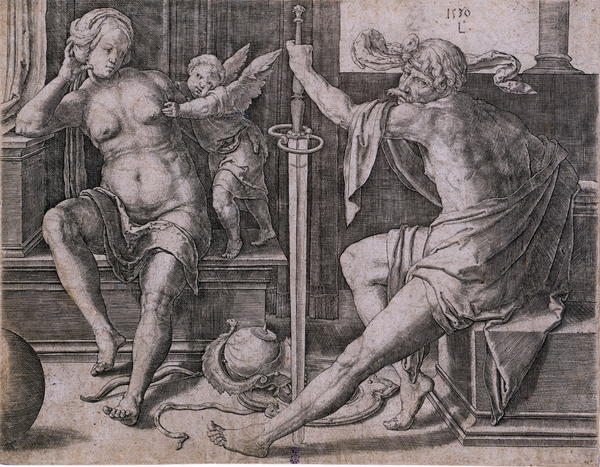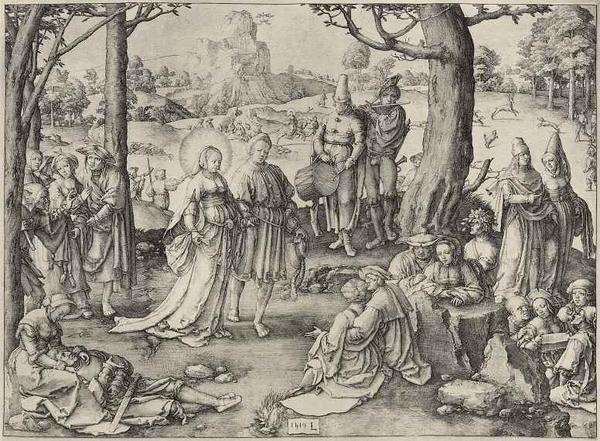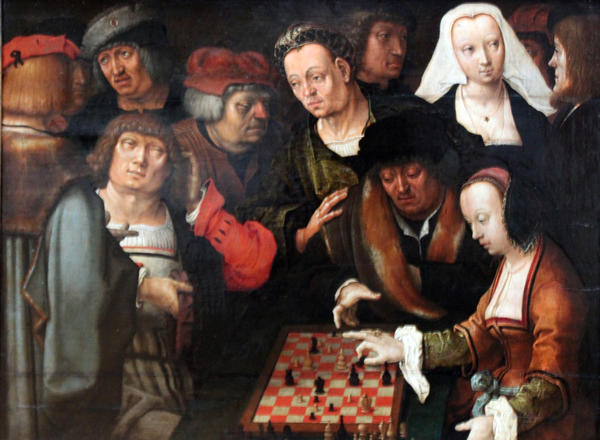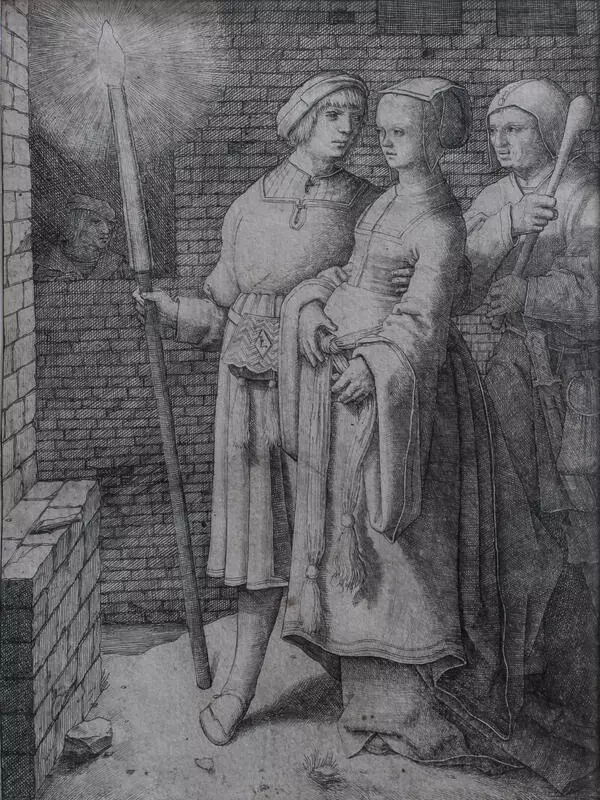Dutch engraver and painter Lucas van Leyden was 14 years old, when he started creating his first serious works raising doubts about his date of birth among some researchers with his highly professional plates made in 1508.
As a child, Lucas was trained by his father, Huygh Jacobszoon, and later moved on to study under Cornelis Engelbrechtsz, a draftsman and painter. Lucas made his first engraving at the age of nine and sold his first painting at 12 for a dozen golden florins — the buyer paid one florin for each year of the artist’s life.
As a child, Lucas was trained by his father, Huygh Jacobszoon, and later moved on to study under Cornelis Engelbrechtsz, a draftsman and painter. Lucas made his first engraving at the age of nine and sold his first painting at 12 for a dozen golden florins — the buyer paid one florin for each year of the artist’s life.







